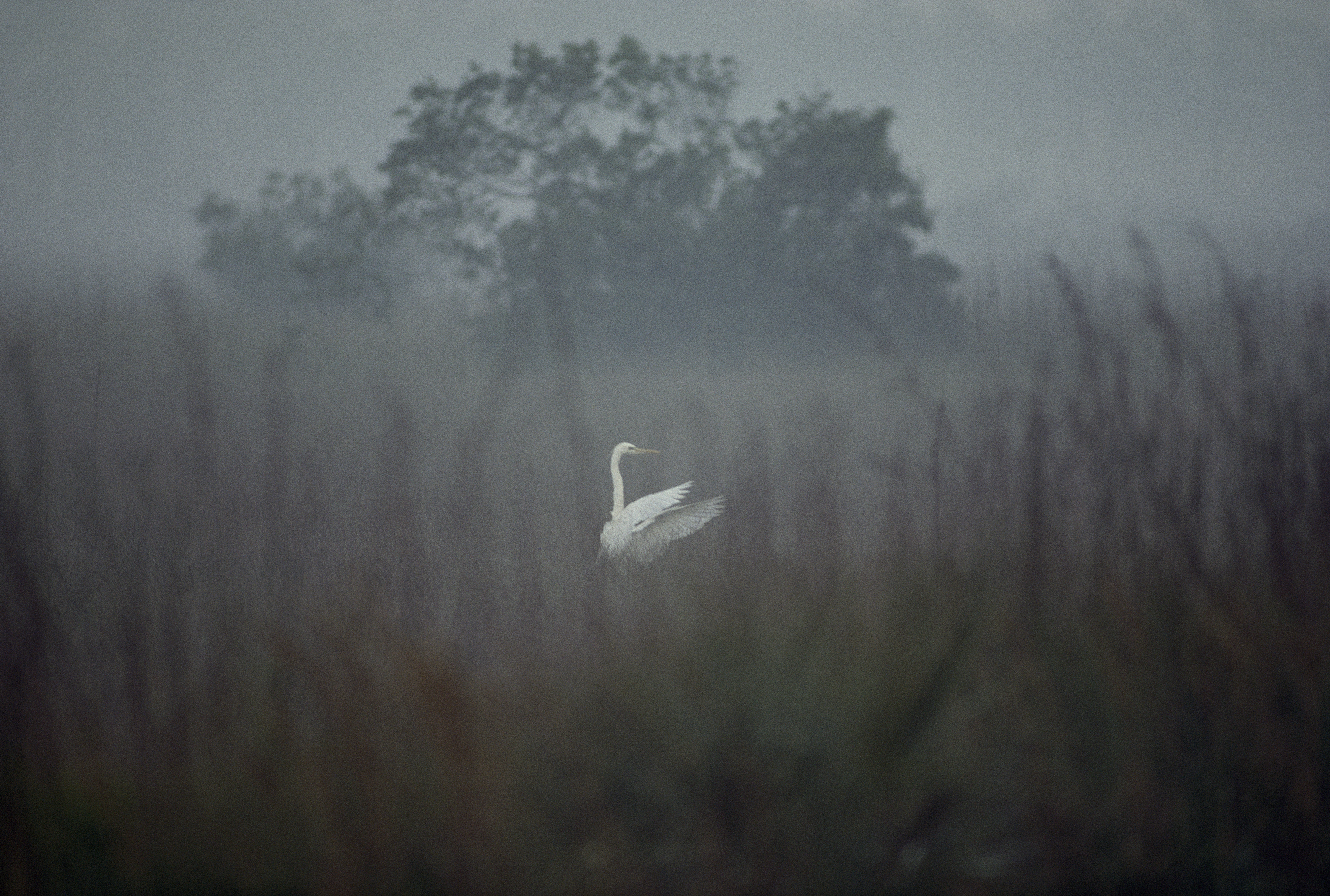How We’re Fighting to Give the Everglades a Fighting Chance
We’ve been fighting for decades to restore the Everglades to nature. Last year, a federal judge ruled that Florida must follow through on a legal agreement it made to clean up the national park.

This page was published 5 years ago. Find the latest on Earthjustice’s work.
The story of the Everglades is one of humankind’s audacious attempts to control nature — and Earthjustice’s fight to restore what poet Campbell McGrath calls the “kingdom of otter, kingfisher, alligator, heron.”
It began in the late 1800s, when the greater Everglades system still spanned nearly 11,000 square miles, and water still flowed from Kissimmee River down to Lake Okeechobee, trickling over the lake’s forested shore to meander south through the Everglades’ marshlands and into Florida Bay.
A Pennsylvania industrialist decided that this quiet expanse of sawgrass marsh and mangrove forests must be drained and cultivated, and the state of Florida sold 4 million acres to him for 25 cents an acre. Fast-forward 100 years, and the Everglades’ hydrology had been permanently altered by a massive engineering project, with over 1,000 miles of canals and 720 miles of levees. All this to create farmland largely for sugarcane.
With the sugarcane came massive amounts of fertilizer that wreaked havoc on the Everglades’ ecosystem and the alligators, crocodiles, critically endangered Florida panthers, and 400 species of birds that depend on it — as well as the Miccosukee Tribe of Indians and the Seminole Tribe that have coexisted with the land for generations. In 1988, after everything had been diked, drained, and polluted, the United States government, the Miccosukee Tribe, and Earthjustice went to court to cede back control of the Everglades to nature.
The resulting settlement and its enforcement established 60,000 acres of engineered marshes that filter pollution out of the water before it reaches the Everglades and required farmers to minimize fertilizer runoff. Despite Florida’s repeated attempts to overturn the agreement, Earthjustice has continued to fight and win for nature. In 2019, a federal judge rejected the state’s request to shirk the cleanup.
Earthjustice will keep watch over the Everglades until clean water once again flows south through the sawgrass prairie, and the sky is filled with the wings of egrets, herons, and white ibises gliding home.
The Florida regional office wields the power of the law to protect our waterways and biodiversity, promote a just and reliable transition to clean energy, and defend communities disproportionately burdened by pollution.